Did you know that ocean acidification can make some species shine brighter?
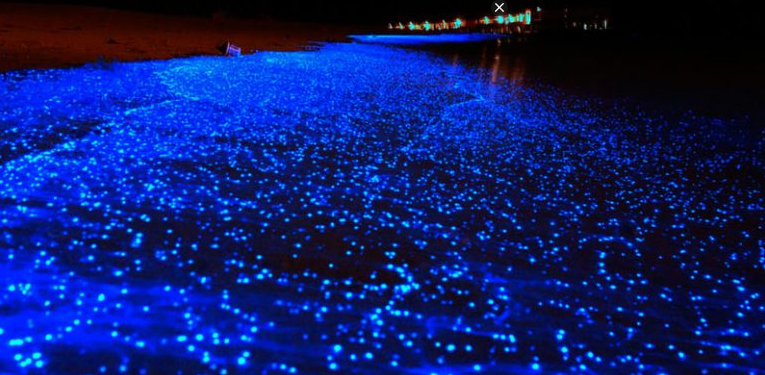
As the ocean’s pH decreases as a result of climate change, some bioluminescent organisms may grow brighter, while others see their lights dim. Bioluminescence is steadfast in parts of the ocean, the ability to light up the dark has evolved over 90 times in different species. As a result, the chemical structures that create bioluminescence vary enormously, from simple chains of atoms to massive ringed complexes.
With such variability, changes in pH could have unpredictable effects on the creatures’ ability to glow, if fossil fuel emissions continue as usual, the average ocean pH is expected to drop from 8.1 to 7.7. for the year 2100. To find out how bioluminescence might be affected by that decline, biologists at the University of Hawaii at Manoa assembled 49 studies on bioluminescence in nine different phyla. The team then analyzed data from those studies to see how the glow of the creatures’ bioluminescent compounds varied at pH levels from 8.1 to 7.7.
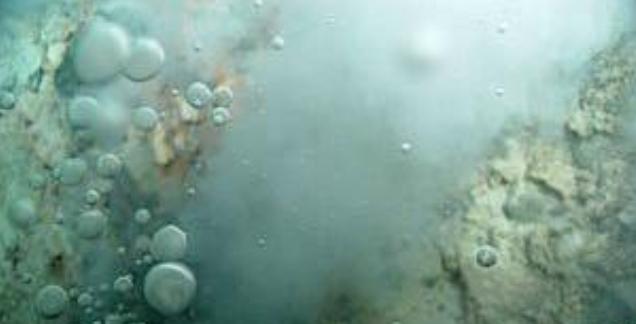
As the pH drops, the bioluminescent chemicals of some species, such as sea pen (Renilla reniformis), increase light production twofold. Other compounds, such as those from the marine firefly (Vargula hilgendorfii), have modest increases of only about 20 percent and some species, such as the firefly squid (Watasenia scintillans), appear to have a 70 percent decrease in light production. For the sea firefly, which uses glowing trails to attract mates, a little boost might give it a sensual edge, but for the firefly squid, which also uses luminescence to communicate, a low pH and less light might not be a good thing.
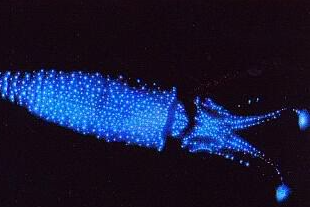
Most of the studies analyzed extracted the luminescent chemicals from an organism to test them, finding out how the compounds work in ocean creatures will be key.


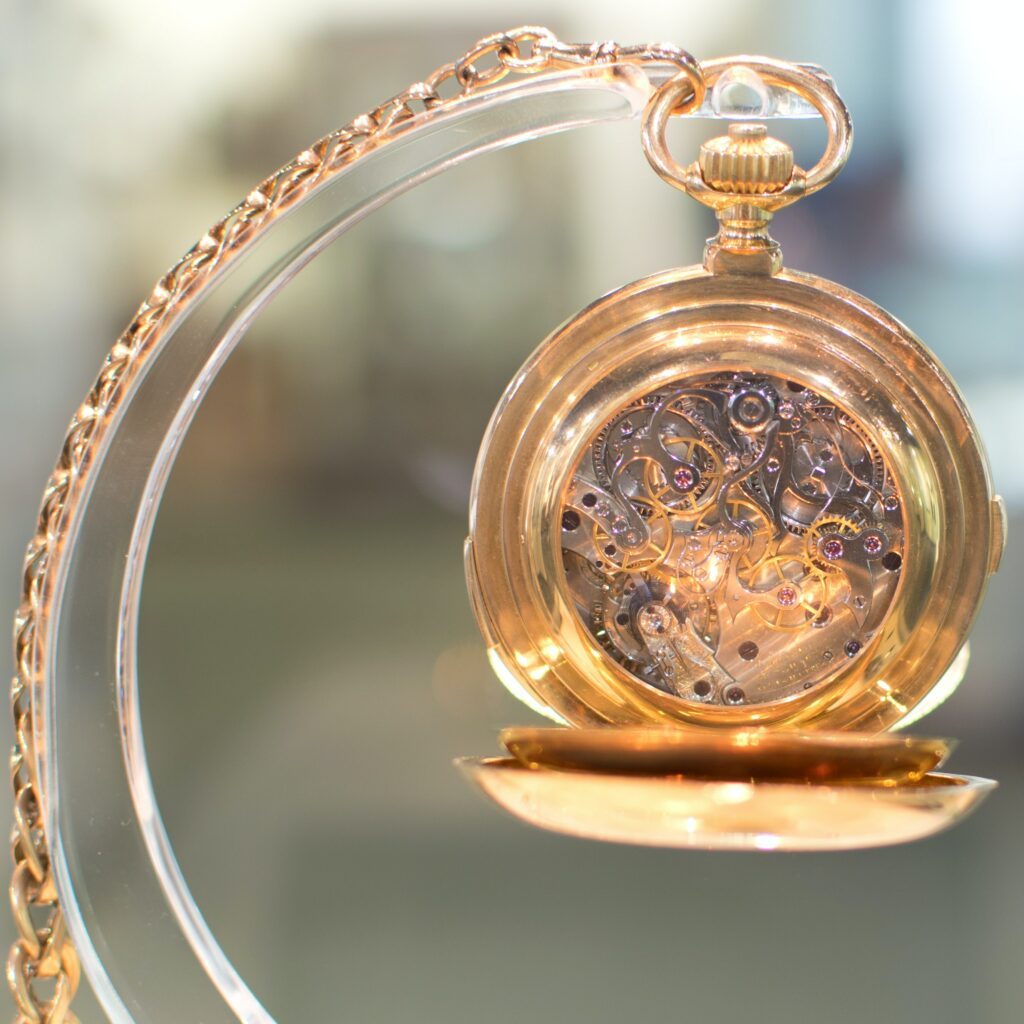
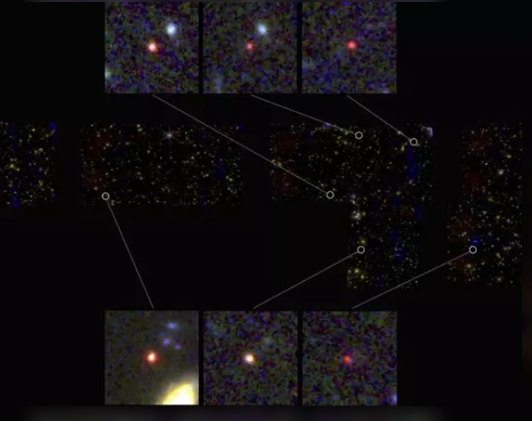

Responses